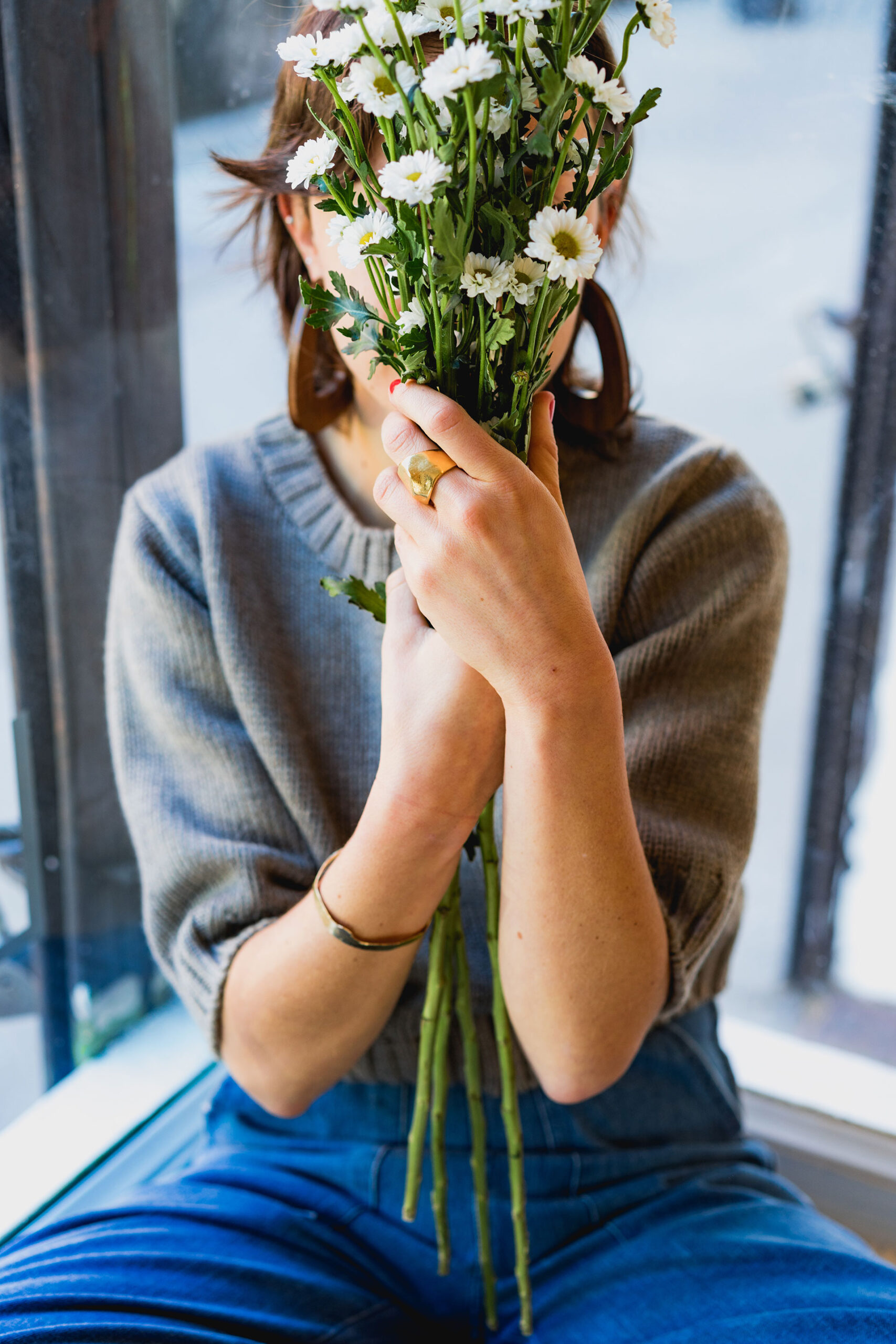£59.00 – £338.00
Why we like this species:
but in the nursery it is affectionately just known as Bogong, is the best known of the six ‘pauciflora’ sub-species; deemed to be one of the most hardy of all Eucalypts and moderately slow growing. After taking a few years to establish, diligently putting down its roots, this snow gum will grow a little faster.
Mount Bogong makes for a superb ornamental tree, with the classic Snow Gum bark and foliage. As a smaller, slower species it will also be a good candidate for life in a raised planter, pot or container.
Being highly ornamental with beautiful bark, it is a valuable addition to any winter garden plant grouping. Being tough and tolerant of difficult growing conditions it is useful as a large open evergreen screen (loose hedge) with attractive bark detail. It can be planted out in farmland and used for wild life protection and game cover, where, for example, pine trees may be suffering from disease problems.
Hop across to the ‘How to Use’ Tab to see how you can enjoy and deploy this spectacular and rare tree in your landscape
Visit the ‘Planting and Soil’ Tab to learn about the preferred growing conditions for Eucalyptus ‘Mount Bogong’
Shoots ‘n Leaves: The young shoots are very attractive being glaucous (covered in wax) to protect them against the harsh weather conditions.
Juvenile Foliage: Matt, French-blue to olive-green, ovate, 2.5–7.5 cm long, 2–3.5 cm wide.
Adult Foliage: Typical long spear shaped to sickle shaped Eucalyptus leaf, about 5-10 cm long and 1.2 – 3 cm wide, in matt olive-green to a deep French-blue colour.
Bark: Outstanding! One of the best features of Eucalyptus Mount Bogong. Striking smooth bark in chalk white to clotted cream with applique of seal grey, foxy red, olive green and copper pink shades; gently peels in the summer to reveal stunning new white bark beneath.
Flowers: Held in groups of 9-15 (can be less), white and smelling of honey, buds covered in white wax. The total group of flowers grows to about the size of a golf ball. Loved by honey bees.
Leaf Aroma: Typical Eucalyptus aroma when crushed, not overly strong. Snow gums don’t need a great deal of Eucalyptol as a defence against pests as they live in a cold environment, where pests are not such a problem.
Rate of Growth: Slow at 1 meter or less per year.
Height in maturity, if left unpruned: Predicted to be in the region of 5-8m. Can be tip pruned in spring and early summer to control shoot extension growth. Given a mild climate and perfect soil conditions, this subspecies may grow taller, so it may be worth pruning every few years to control its overall height. Drier soils will restrict growth and reduce the likelihood of this tree becoming very tall.
Unless you are growing for cut foliage, please refrain from voluntarily electing to prune your Eucalyptus Mount Bogong from August through to February; it can kill it.
To receive monthly pruning and aftercare advice, sign up to our Gumnut Club – its free and you can unsubscribe at any time. To subscribe – just call or ping us an email to [email protected]
Click here for further advice on pruning can be found in our Guidance Notes
Click here to visit our pruning video
Hardiness: once mature, Eucalyptus Mount Bogong is one of the hardiest species of Eucalyptus with root-system tolerating down to ranges of -12°C to -18°C – increases with age.
Hardiness in Eucalyptus is governed by
For more information on how to help increase the hardiness of your Eucalyptus – click here to visit our Guidance Notes
Eucalyptus pauciflora subsp. niphophila ‘Mt Bogong’ – Dwarf Alpine Snow Gum
Requirements:
Recommendations:
Eucalyptus pauciflora subsp. niphophila ‘Mt Bogong’ – Dwarf Alpine Snow Gum
How to use in the landscape and/or garden: How to grow or train it to get the best out of it
Fabulous Specimen Tree for the wider landscape, arboretum collection or avenue planting and for the smaller, medium and larger garden, with outstanding white bark detail.
Growing a full-sized standard: planting the tree and running away is an option, but it won’t necessarily give you the best results. See our guidance notes for growing specimen Eucalyptus in our Help and Advice section.
To encourage a standard E. Mount Bogong, you will need to encourage a strong leading dominant central stem and prune back any competing leading shoots by about 25-30%. Carry out this pruning in March and then review again at end of May. To keep your Bogong small, you can always prune the new spring growth back by up to 90% at this time of year. Avoid cutting back into the older wood this late in the season. Never prune after end of July, Autumn or Winter.
For monthly emails on how and when to prune and care for your Eucalyptus, sign up to our Gumnut Club and we’ll send you the Bush Telegraph – it’s totally free and you can unsubscribe at any time.
Growing a multi-stemmed bush or tree. E. Mount Bogong naturally grows as a multi-stemmed specimen in its formative years. It’s easy therefore to encourage this into maturity by pruning out, in March, any contender that wants to be a dominant leading shoot. Maintain balance growth with stems of equal length. Not only does this control the overall height of your tree, but produces many stems with beautiful white bark.
REMEMBER: No grass, no weeds and a thick boring bark chip mulch, to a depth of 150 mm (6 inches) are essential to assist with good establishment. Our research trials have demonstrated that grass around the trunk of Eucalyptus prevent the trees from quickly establishing and can completely stop them from growing.
Pot Culture outdoors: E. Mount Bogong can be successfully grown as a multi-stemmed shrub in a container provided you are prepared to pot on at the recommended intervals and to supply it with sufficient water and food during the growing season.
Always keep pot grown Eucalyptus in the air-pot container system for healthy and happy trees.
For information on how to successfully grow Eucs in pots, visit our Blog entitled ‘How to grow a Eucalyptus in a pot and keep it alive!’
Ecology: Bees. All Eucalyptus produce flowers with nectar and pollen, but this species has particularly prolific flowers making it a real draw for honey bees and other pollinators.
Environmental:
I have read that ‘in the wild it can be seen clinging to snowy ridgetops and in alpine meadows (and lining ski runs!)’. They are so hardy as to have even been introduced to Norway. We also know of someone growing them in Russia!
Newly planted trees may require a wind break shelter for their first winter in the ground with you.
No grass, no weeds and a thick bark chip mulch, to a depth of 150 mm (6 inches) are essential to assist with good establishment
Nursery Notes:
Stock levels: strong numbers in a good range of pot sizes
5 litre can be grown on to form both standards and multi-stem bushes
12 litre multi-stemmed bushes – fabulous quality
20 litre standards for those who want a more upright habit
30 litre and 45 litre mature multi-stem bushes for instant results
100 litre – very mature stock for instant impact – over 6 years old by the time they are ready for sale.
Botanical Name: Eucalyptus pauciflora subsp. niphophila ‘Mount Bogong’
Common Name: Dwarf Snow Gum, Gum-topped Bloodwood
Status: Evergreen Tree MYRTACEÆ; Myrtle Family
Origin: Snowy ridge tops and Alpine Meadows of Australia
In their natural habitat, snow gums grow in woodland settings, 1300-1800 m above sea level in Victoria, Tasmania and New South Wales; forming the altitudinal limit of the tree line. Very few of the lowland forms still remain, following land clearance.
The tree branches are flexible and bend under the loading of snow, which then shed rather than break. If cut down by cold weather or fire, E. pauciflora subsp. niphophila regenerates from epicormic shoots growing out from beneath the bark.
Lignotuber: it has one, which is a good thing! Bogongs will regenerate off the lignotuber if cut down by man, beast or nature. It also produces many shoots from epicormic buds lying dormant beneath the bark higher up the tree; so your Bogong will respond extremely well to both coppicing and pollarding practices, once large enough to tolerate it.
What is a lignotuber? Click here to see our Blog post on the subject
Meaning of the name:
pauciflora (botanical latin) meaning few flowers. I don’t think the early botanists got this right, because it is quite prolific when in flower! May be the plant they botanists viewed wasn’t in flower at the time of assessment?
‘niphophila’ (from the Greek) means ‘snow lover’. This tree lives in the Australian Alps above the snow line.



Tel: 01905 888 098
Monday-Friday, 9.00am-4.00pm
Grafton Nursery,
Worcestershire
(Visits by appointment)


We’re here to help you choose your Eucalyptus
We’ll also email you with expert seasonal advice for
your Eucalyptus & exclusive offers. No spam – just Eucalyptus.
You can opt out at any time. Click here to see our privacy policy in full.